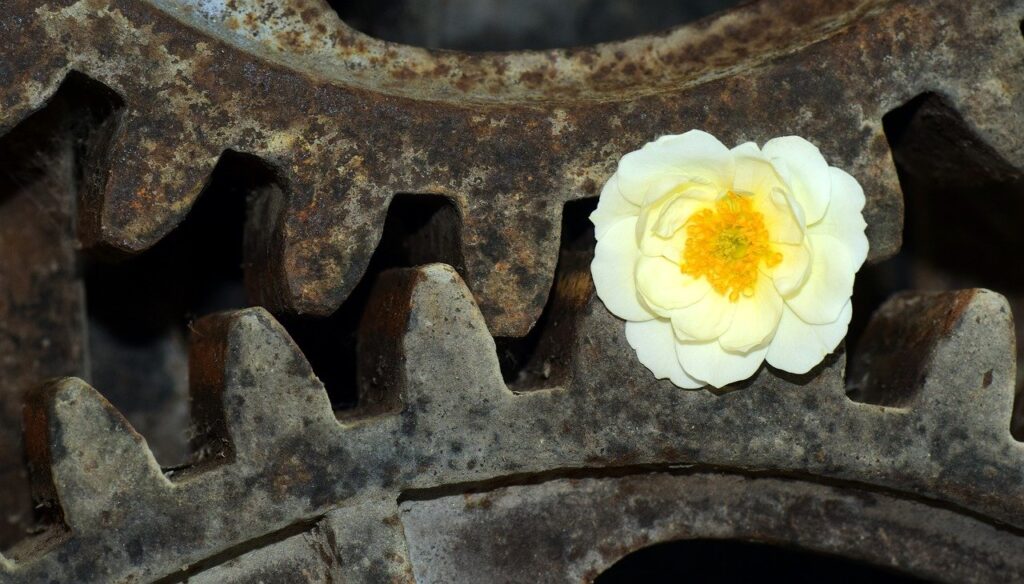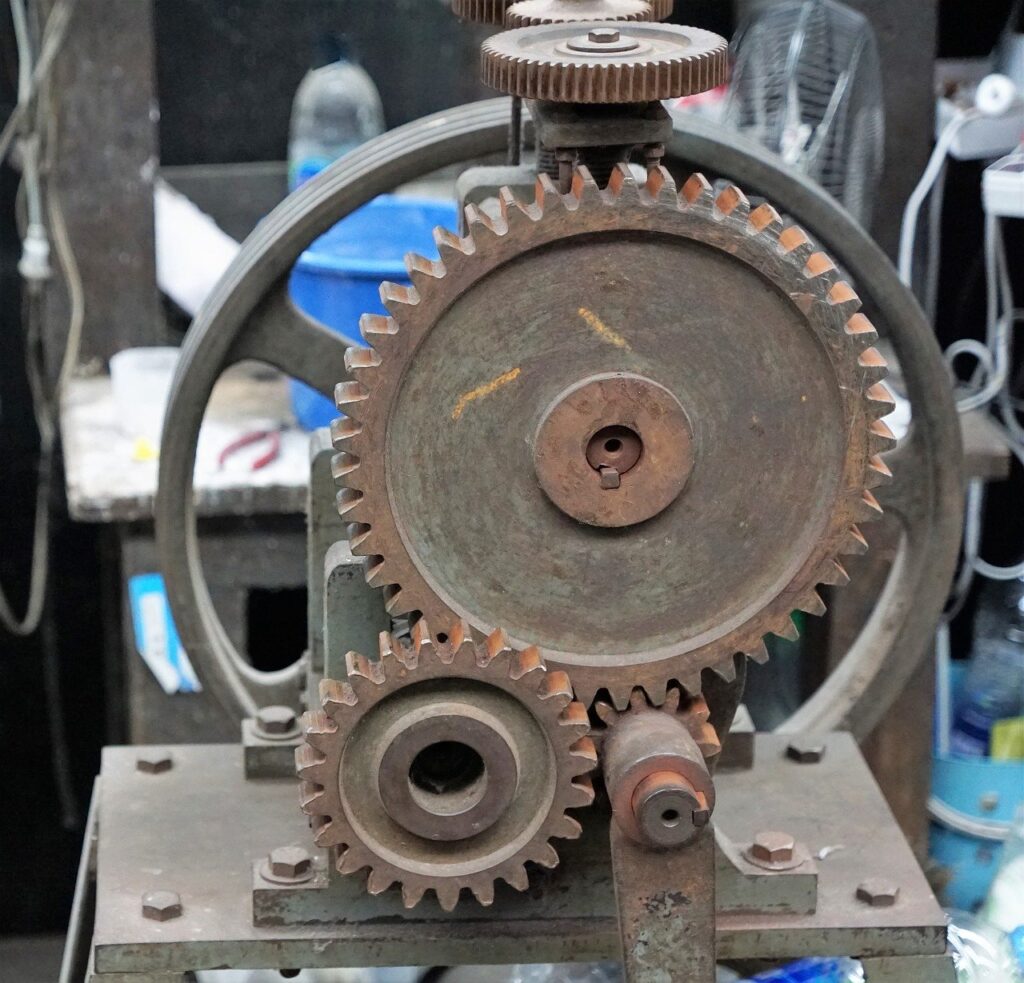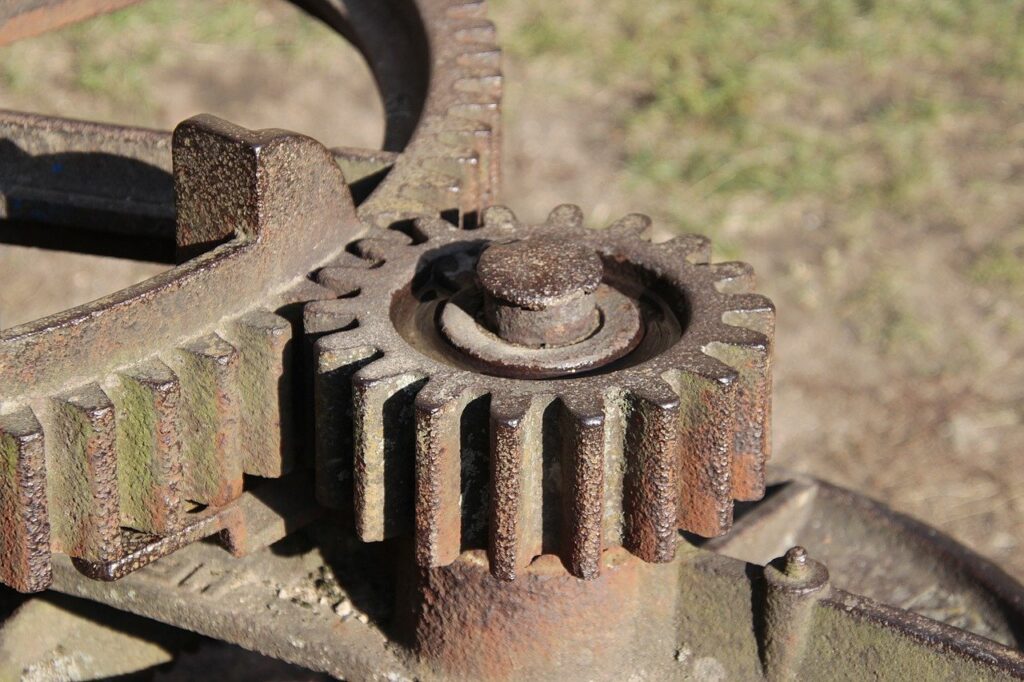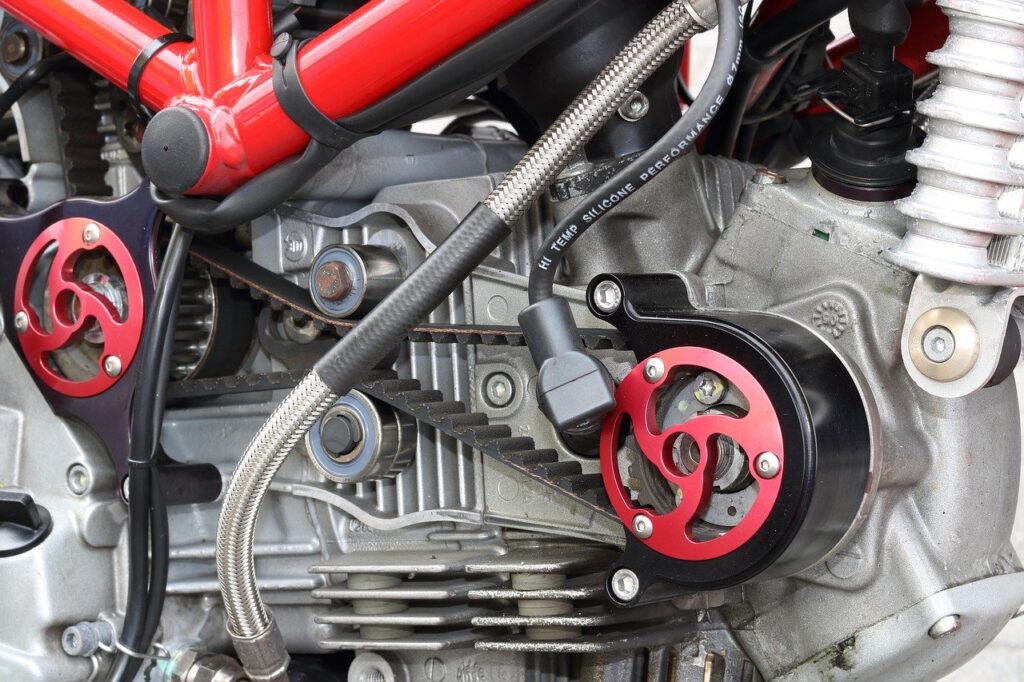The Timing Belt is one of the essential components of a modern car engine. ‘What does the timing belt do, and when should I replace it?’ You may wonder. Its primary use is to keep the Camshaft and Crankshaft in total sync.
The Timing Belt kit includes:
- The Timing Belt
- The Idler Pulley
- The Water Pump (uncertainly)
- The Tensioner Pulley
The Tensioner Pulley, when worn out, results in Timing Belt damage which needs to be addressed promptly.
Some manufacturers have advised that the Timing Belt should be replaced as soon as the car hits 30,000 kilometres. This replacement is for a good reason. Though skepticism will hit most drivers on this, timing belt replacement need not happen at this mileage.
Each car’s specific user manual will indicate when to change your timing belt. The timing belt replacement cost is relatively low. Many stores exist where you can get a genuine one for replacement purposes without getting ripped off.
Others may wonder, ‘Why does my car have a Timing Chain instead of a Timing Belt?’ Not to worry, for by the end of this post, you will be able to answer that question. You will also know all the things you should know about timing belts;
- How to differentiate between a Timing and Serpentine Belt
- Serpentine Belt functions
- How to tell if your Timing Belt needs replacement
- How to Replace the Timing Belt in an easy way
- The tools you will need during Timing Belt replacement
- How to check if your mechanic replaced the timing belt as pledged
Why your car may have a Timing Chain instead of a Timing Belt
Since Henry Ford first unveiled his stellar revelation, the automotive world has seen so many advancements that not only called time on Timing Gears but also ushered in the age of Timing Belts and Timing Chains.
Timing Gears were efficient but too costly to manufacture, and people had lodged complaints about how noisy they were for so long. These factors eventually led to them getting the boot in favour of something more contemporary and cost-effective.
One cannot help but look back to how far the automotive industry has come. The Timing Gear was necessary for connecting the Crankshaft, which had pistons, to the Camshaft that opened and closed the valves at set intervals.
With their whirling motion, these components were interrelated in their roles within the internal combustion engine. The Gear system was thus an essential mechanism with its interlocking furrow.
When push came to shove, the Timing Gear phased out for something better, and the Timing Chain came out of the thought cauldron.
Market Shift
The reception to that upgrade was so positive that it spread across automobile models like wildfire. It was eventually being adopted as a standard by all and sundry, at least for a time.
The American V8 engines were the frontrunners of that technology, and a few have never entirely moved on from the old trend. The Timing Chain was fully operational and very long-lasting.
This factor played into the hands of car owners in terms of repair and maintenance costs though it did not allow the manufacturers any respite regarding saving on overhead expenses.
They had begotten a problem child. The sprocket and chain components were durable steel, which meant that money was spent one way or another to maintain set standards.
Not to be defeated, the same forward-looking engineers were back to the drawing board. The next transition between full moons saw the birth of the Timing Belt, whose preferred language was pulleys which it would link to.
Rubber-based and nearly weightless, these Belts were finally the bargain that automotive industrialists had been praying for all along. The industry was on its way to unprecedented profits if only they could replicate this concept on all the other existing mechanisms.
No one in favor of growth was going to ever say no to a new invention, especially not one that cut costs by nearly 100% and preserved energy in its operations too.
Come to think of it, even the sprockets themselves could finally shrink to fit – less material that was lighter meant inventor focus shifting to other urgencies.
The seeming plus side was that the Timing Belts were capable of lasting for over 100,000 miles. The car website samarins.com covers a lot on timing belts.
Use in Non-Interference Engines
With the Non-Interference Engine’s dawning age, the risk of engine damage due to the belt’s failure had been rendered nonexistent.
Another solution had just taken root, too; a simple accessory that had turned problematic when it broke and destroyed a much more expensive system had been tamed.
This engine destroying phenomenon had become so pronounced that other car manufacturers decided to switch back to the Timing Chain.
This switch has allowed for smaller engines that produce more horsepower without the risk of breaking the Timing Belt in the modern era.
With regular lubricant changes, the Timing Chain covers much more mileage than the Timing Belt, which will stretch and deteriorate faster.
Differentiating between a Serpentine Belt and Timing Belt
The main difference is that the Serpentine Belt is the long thin rubber belt that winds around some components in the engine in a snake-like fashion (resulting in the serpentine word).
Timing Belts are hidden within the engine block, and you will not see them from the outside. Synchrony, the multi-faceted company, dives deeper into the workings of the Timing and Serpentine Belt.
Does your Timing Belt need replacement?
There are a few telltale signs that can help you determine whether your Timing Belt has indeed outlasted its usefulness and is due for replacement. It is prudent to utilize a combination of these signs such that you come to the correct conclusion.
Many car problems manifest in similar ways, and you should accurately identify all the symptoms of a bad or failing timing belt. It is, therefore, critical to take additional measures to ensure that you are truly observing the multiple problem-identifying signs.
If you are a VW driver, endeavor to learn more about your timing belt or chain such that all your decisions are informed.
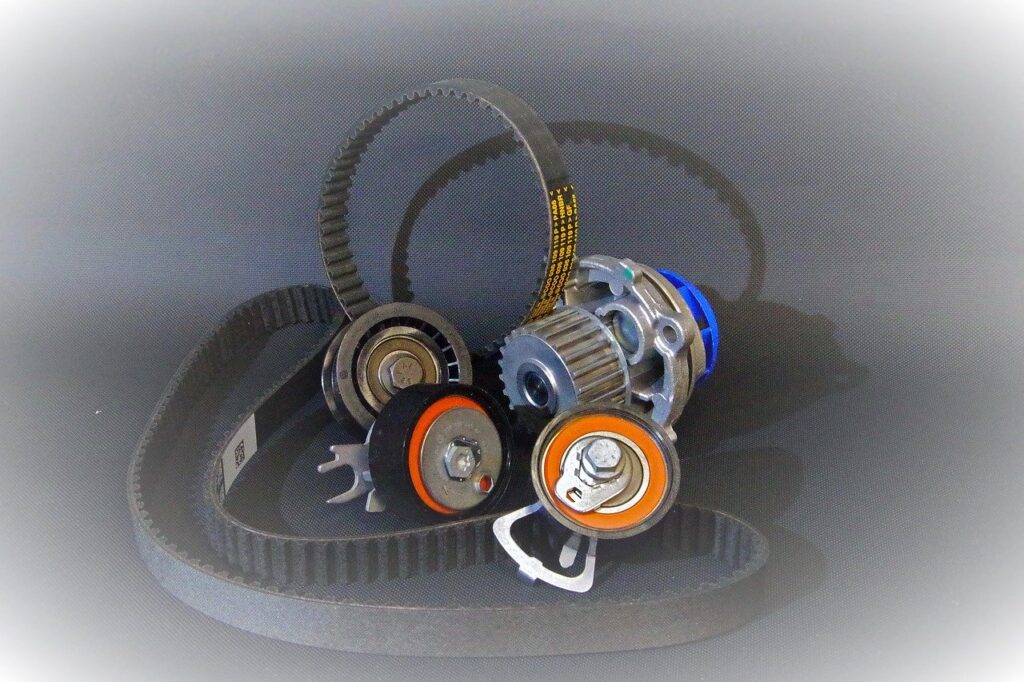
5 signs your Timing Belt needs replacement
- A ticking sound from your engine could be an indication that your Timing Belt has outlived its usefulness. As a stand-alone, this sign could also be a false alarm (regarding the Timing Belt) that goes off when your car is low on oil. As a safety-first precaution, it is best to investigate when your engine is not running. This way, the risk of injury is reduced significantly.
- Your engine suddenly refuses to start. The engine’s failure to start implies vast possibilities – examine further. For example, your Timing Belt may be worn out and broken, thus rendering the engine incapable of running.
- Your engine misfires, as expressed by a light or strong jolt as you attempt to accelerate (this acceleration is rough too). A misfiring engine will be more challenging to start, spike fuel consumption, and lose power, among others.
- The Timing Belt is visually worn out, which calls for immediate replacement. A replacement will be the difference between arriving at your destination and being stranded at a moment when you least expect.
- The most obvious sign is when your Timing Belt has exceeded its service life as far as recommended mileage is concerned. Change it!
What happens when this replacement does not occur?
Simply, your engine will not be able to work and deliver you to your destination. In an interference engine, any breakage of the Timing Belt will result in a halt to the Camshaft’s movement.
On the other hand, the Crankshaft will continue rotating along with the pistons in their usual up and down fashion. The pistons will then strike the open valves leading to engine damage when the valves bend or break.
This damage, in some cases, is so severe that it can extend to the pistons, the cylinder head, and cylinder block as well. Replacement, therefore, prevents further costly repairs.
In a non-interference engine, the damage will be less extensive, but you will be stranded either way. You can check to see if your car is on this list of vehicles with Interference engines.
Replacing your Timing Belt in an easy way
Here, we go into the step-by-step process of replacing a Timing Belt for ‘Do It Yourselfers.’ In this guide, we will use the VW Golf Mk5 as our subject.

Always consult your repair manual for additional instructions, especially when it comes to proper placement of the car jack with its associated support points, which is necessary when raising your car (and safety measure) before replacing the Timing Belt.
An additional precaution you can take, aside from wearing safety gear (Safety First!), is disconnecting the negative battery cable before working on the electrical components, such that you rule out the likelihood of short circuits.
It is also essential to create space within the engine to ensure the changing procedure is smooth as there is enough room for you to work.
For this undertaking, the tools you need will majorly be basic hand tools, and they include, among others, depending on your car model:
- A Socket set
- A Torque wrench
- A Droplight
- A Drain pan
- Screwdrivers
- Pliers
- Your Repair Manual
Depending on your location, you may be in luck. Several people have businesses that hire out tools to those in need, so you don’t have to buy them at all.
The 10-Step Process
Now that it’s time to get your hands dirty, let’s get to it as shown below:
- After unscrewing the quad-bolts, remove the crankshaft pulley by shaking it loose.
- Get the multi-bolted plastic cover out of the way before taking off the engine mount.
- The next step is to jack up the engine after removing the Alternator Pulley (allowing access to the Timing Belt). Use a jack or jack stand under the engine.
- Loosen the four bolts which hold the engine mounts before removing them as well.
- Mark strategic areas to get the alignment correct when it is time to re-tighten the bolts back in place.
- Loosen the Tensioner Pulley, taking care to observe its former position for later reference. A helpful trick is to take photos with your mobile device for later reference.
- Pull the old Timing Belt free, then draw comparisons between the new and old belt to ensure they are the same, considering the number of teeth, which should be equal.
- Carefully loosen the old water pump, as you should also replace it at every belt replacement. Then, compare it with the new water pump to ensure the two match (especially the sprocket). Your drain pan will come in handy at this stage when positioned under the car, right below the water pump area.
- Fasten the new water pump in place, and when it is firm, fit your new Timing Belt nicely.
- Replace the Tensioner and Idler Pulleys in their former positions, ensuring all the alignment is as before. In VWs, the Timing Belt is usually very tight, so be on the lookout for that aspect before concluding by setting all the bolts in place as the need arises.
Conclusion
When you are done, rotate your engine clockwise (four times in our case since it’s a 4-stroke engine) to confirm that your installation was accurate.
Once this is confirmed, you can now proceed with re-fastening all the components and parts you unscrewed.
Add some fresh coolant into the reservoir, whose hoses eagerly await to transport it to the radiator. Don’t forget to refill your engine oil too. Start your car engine, and everything should be in flying shape.
Checking if your mechanic replaced the Timing Belt as pledged
Diving inside your hood, remove the inspection cover and ready yourself to perform the inch-test, which will utilize the presence of fresh markings (including the barcode marks) on your Timing Belt.
In addition to new teeth and a non-glossy backside, these observations should be good indicators of change. The method mentioned above is a good measure since the markings on the aftermarket belts, for example, will be invisible by the 60,000 – 70,000 kilometre mark.
Still unsure about the entire procedure, check out this visual guide to Timing Belt change inspection. If you happen to live in Uganda or are in Kampala and can’t DIY, visit our premises for a professional touch. You can also book your appointment through our website at https://slinemotors.co.ug/
